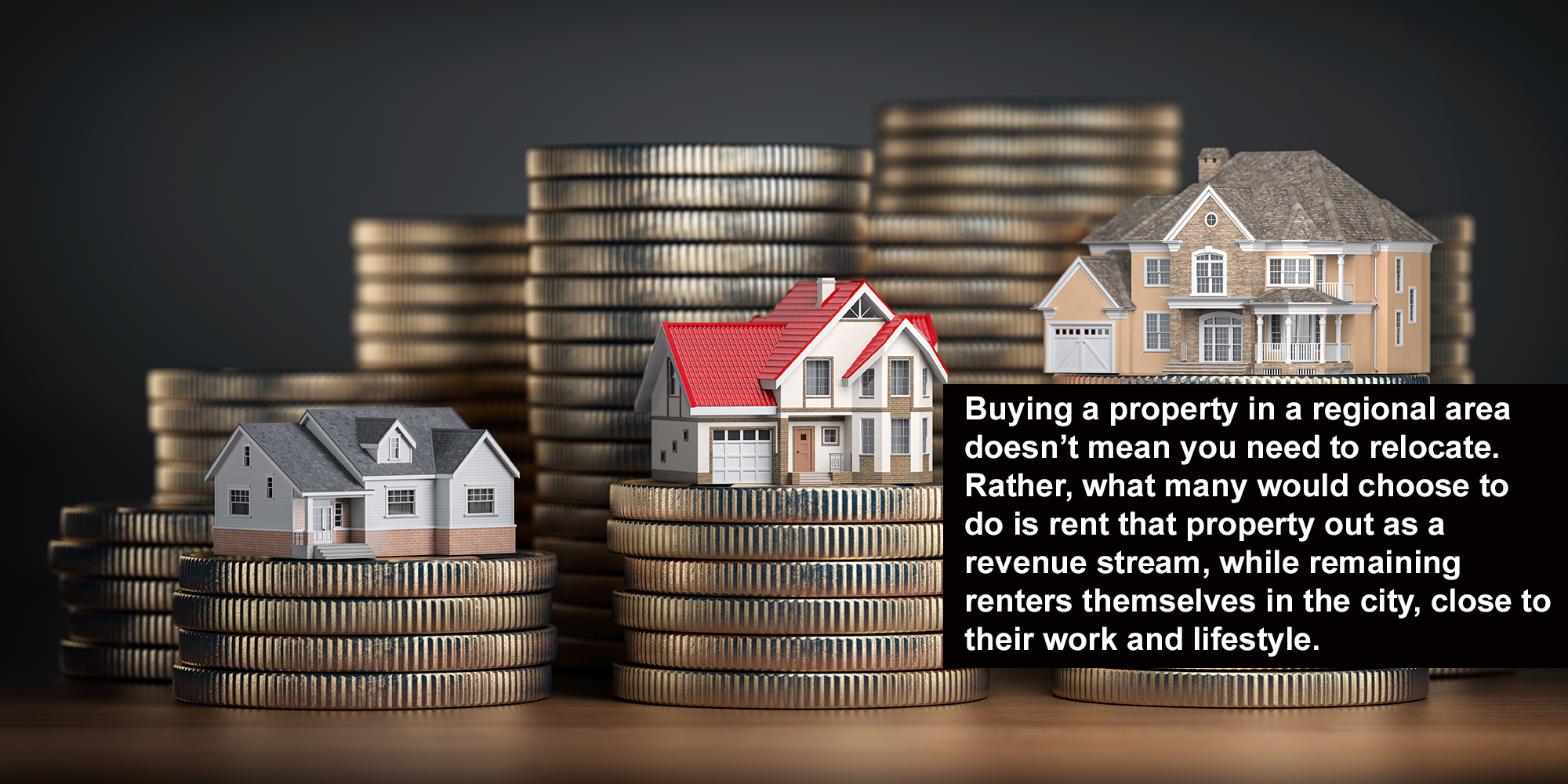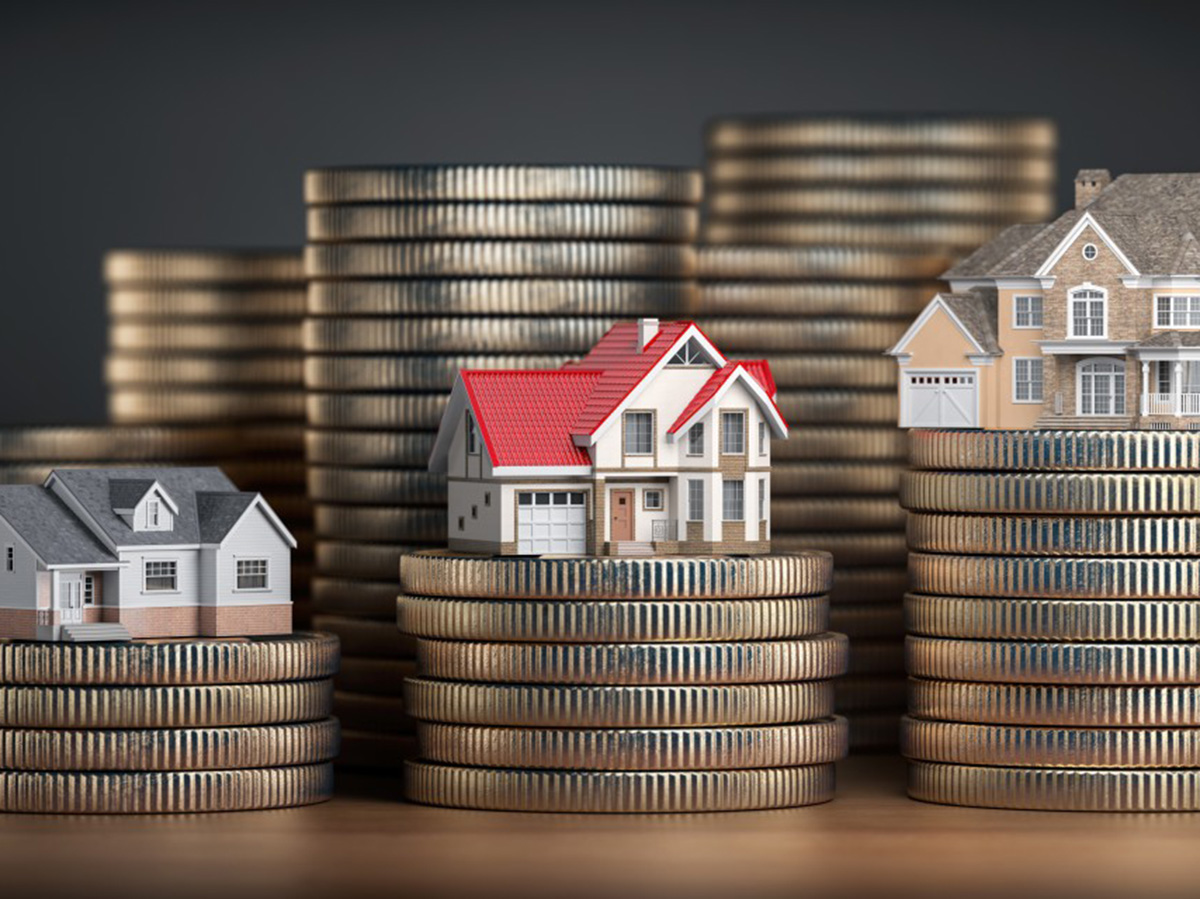The election won’t change housing unaffordability, but there are strategies to overcome the challenge
Originally published on Linkedin.
With the Australian federal election just a few weeks away now, housing affordability is proving to be a core concern for many Australians, especially among younger voters. Data shows that many of them now believe that they’ll never be homeowners.
According to research conducted for the SMH and The Age by Resolve Strategic, 67 per cent of voters aged between 18 and 34 believe that younger Australians that are not already homeowners will never be able to do so in their area. “Unless you have access to inherited wealth or an astronomically high income, you face hurdles that just didn’t exist even a decade ago,” Nicole Gurran, a University of Sydney professor of urban planning, said in the article.
Rapidly escalating property prices over the past couple of years, while income gains have remained relatively flat, has been the primary challenge. In some parts of the country, the value of property increases has been more than the median incomes of Australia’s highest earners. Even keeping pace with the deposit required for these properties is a very real and ongoing challenge for Australians.
Both the ALP and L/NP have made housing affordability a part of their election platform. The Prime Minister, Scott Morrison, promoted an expansion to the home loan guarantee scheme, allowing people to borrow up to 95 per cent of the value of the property without having to take out mortgage insurance, as a way of helping renters become buyers.
Opposition leader, Anthony Albanese, has meanwhile been trumpeting plans to build more affordable housing, as a way of cooling demand across the entire sector.
Unfortunately, Gurran said that neither side of politics is likely to be much long-term help to those struggling to buy houses, and that the challenges were more structural than that. “The really unfortunate thing in the lead-up to the election is that neither side of politics has anything serious on the table at all that would correct the structural barriers to first-home ownership for moderate or even high-income earners,” she said.

Unrelated to activities by the political parties, there will likely be a “price correction” in the major cities that have seen the largest gains, according to Domain.com.au. This will be largely driven by an expected increase in the interest rate shortly after the election, though the cooling effect will not be universal, and many markets, including Brisbane and Adelaide, are likely to hold steady.
So, this election is unlikely to change much for Australians when it comes to their ability to buy a home. The question then becomes, are there any pathways and strategies to homeownership? We certainly believe that no Australian should give up on the dream of homeownership, it just requires a different approach.
Rent while owning
While some areas of the Australian market remain super-heated, there are other parts of the country, particularly in the regional centres, where growth is strong and rental yields are growing, but the up-front cost of property remains relatively modest.
Buying a property in a regional area doesn’t mean you need to relocate. Rather, what many would choose to do is rent that property out as a revenue stream, while remaining renters themselves in the city, close to their work and lifestyle.
That then becomes an asset that can be a stepping stone towards buying a property to occupy. This is a longer-term strategy, but is also one that can save you a lot of stress in trying to compete for properties in high demand in the cities from an uncompetitive position.
There are some traps to watch out for when adopting this strategy, however. First and foremost, you should still resist buying a property sight unseen. You’re going to want to do your due diligence and research to make sure that the property is a good investment. In addition to making sure that the property is sound, you also want to make sure that it’s in a good location as far as the town’s urban planning is concerned, and will have good amenities as the town continues to build up around it. All of this requires extensive research, and it remains important to understand the area that you’re looking to buy in, even as an investment rather than a property to occupy.
As we always recommend to our clients, it’s also a good idea to research the leading agents in the area, communicate with them frequently, and keep an eye out for off-market opportunities, as that will be the pathway to securing the best properties at the right price.
By taking this approach, the long-term goal of having the dream property in even the hottest suburbs of Sydney and Melbourne becomes a realistic series of stepping-stones. Contact us at Hello Haus to discuss further how this strategy to overcome housing affordability might be the right approach for you.
Back
